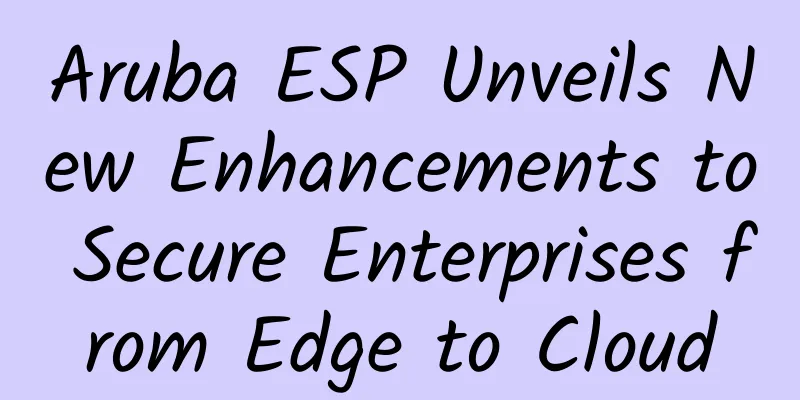What is cloud network?

|
The future of cloud is bright. By 2024, more than 45% of IT spending will be retiring traditional networks and replacing them with the cloud. What’s driving these trends? In a nutshell: modern cloud networks. What is Cloud Networking?Cloud networking uses the cloud (a centralized third-party resource provider) to enable connectivity between network resources. Cloud networking acts as a gatekeeper for applications. Mastering this concept means being able to leverage the cloud for infrastructure, network management, network monitoring, and maintenance. In other words, network resources can be designed, configured, managed, and fine-tuned in the cloud to create simple and resilient networks. These cloud-based network resources can include:
With cloud networking, the network can be cloud-enabled or completely cloud-based. In a cloud-enabled network, the network is on-premises, but some or all of the resources used to manage it are in the cloud. The core network infrastructure (packet forwarding, routing, and data) remains on-premises, but things like network management, monitoring, maintenance, and security services are done through the cloud. For example, a SaaS-based firewall is used to protect the local network. In cloud-based networking, the entire network is in the cloud. This includes network management resources and physical hardware. Cloud-based networking is used to provide connectivity between applications and resources deployed in the cloud. History of the CloudMost of the developments in the field of cloud computing and cloud networking can be traced back many years. As early as the 1960s, the convergence of the concepts of providing services, virtualizing them, and enabling network access to those services shaped the definition and purpose of the cloud. These concepts not only pioneered the idea of working in the cloud, but also provided a springboard for IT departments to move beyond traditional network architectures and completely change the way they approach software and hardware procurement. From 2005 to 2011, the use of public and private clouds began to gain traction and the first generation of clouds emerged. A major driver behind the widespread use of public clouds is the launch of Amazon's Elastic Compute Cloud (E2C), a web-based service that allows users to rent virtual servers to run applications on Amazon Web Services (AWS) infrastructure. This has dramatically changed the way IT departments work. Companies also no longer need to invest in expensive on-site servers and can optimize network resources for strategic business continuity. By 2012 to 2017, the second generation of cloud laid the foundation with the emergence of pay-as-you-go computing infrastructure and services, DevOps, real-time streaming services, and hybrid cloud. The computing environment provides more choices, allowing data and applications to move easily between public, private, hybrid, and multi-clouds. Cloud Network and Traditional NetworkAs cloud networks continue to evolve, more and more network architects are faced with a recurring question: Should I bring my company’s computing to the cloud? Or should I continue to use traditional networks? There is no perfect answer to this question, and it depends on what the user considers to be added value. First, traditional IT models are among the most secure network models. They allow data owners to maintain tight control over their information and how it is shared without relying on cloud servers. But this comes at a cost: different hardware needs to be purchased and regularly upgraded. Likewise, user experience is often compromised by traditional models. Users expect to be able to access data and resources no matter where and when they are. Cloud networking, on the other hand, involves far less user-owned hardware and software. Instead, network hardware and software resources are hosted in the cloud, allowing access to real-time capabilities on an on-demand, pay-as-you-go basis. This reduces the potential for redundant resources and provides network architects with a better advantage in tailoring specific requirements as different situations arise. Cloud Network and Cloud ComputingMost definitions of cloud networking that we have used so far are based on the location of the network infrastructure that powers the connections between resources. This is different from cloud computing, which is much broader than cloud networking and encompasses all the computing services needed to make applications run in a service provider's data center (rather than a traditional data center). While the concepts of cloud networking and cloud computing are often used interchangeably, there are some differences to be aware of. Cloud networking is concerned with network resources and how they are managed, connected, and controlled in the cloud. Cloud computing focuses on applications and services hosted in the cloud. These services can include storage, software, and databases. Advantages of Cloud NetworkingAs cloud networking evolves, some of the benefits include:
Traditional networks are not easily recoverable from failures. For example, a server failure can mean long-term outages or even data loss. These costs add up, with the average infrastructure failure costing $100,000 per hour, while application failures cost between $500,000 and $1 million per hour, depending on the size of the enterprise and the network model. |
<<: 5G network equipment security assessment escort "new infrastructure"
>>: [Hard-core literacy] What exactly is coherent optical communication?
Recommend
Architecture Design: Sidecar Pattern Explained
Context and Questions Modern applications usually...
SD-WAN, 5G remote work technologies help future networks
As the remote workforce continues to grow, newer ...
TCP SYN Queue and Accept Queue
First we must understand that a TCP socket in the...
New weapons for operators in the 5G era: edge computing and network slicing
China's 5G construction is in full swing. Acc...
Is the United States blocking Huawei, or the entire future of 5G?
[[349279]] The United States is creating obstacle...
The impact of blockchain on data centers and cloud computing
Today, more and more applications are causing the...
Network Protocol: From theory to practice, a comprehensive understanding of DNS (theoretical part)
Everyone must be familiar with DNS (Domain Name S...
Keda releases global perception trinocular camera | one device can do three things
In all kinds of safe and bright construction For ...
The 6th SD-WAN & SASE Conference and Cloud Network Conference 2023 was successfully held
On November 25 , the 2023 6th SD-WAN & SASE C...
Free and easy to use! This data recovery software found my video from two years ago
[[400280]] It is raining in Hangzhou today, and S...
5G messaging is about to be commercialized, and China Mobile plans to purchase technical support services
According to Zhongguancun Online, a "Notice ...
RackNerd: New Year 2024 series starting at $10.99/year, multiple data centers in Los Angeles, San Jose, etc.
RackNerd New Year 2024 packages are divided into ...
The TCP three-way handshake is well known, but what about accidental packet loss? What about intentional non-ACK response?
1. Preface When we talk about the TCP protocol, t...
HTTP History - From HTTP/1 to HTTP/3
Birth When talking about http, we must first unde...
Now, how can enterprises fully reap the benefits of private 5G networks?
Over the next decade, 5G is expected to become on...









